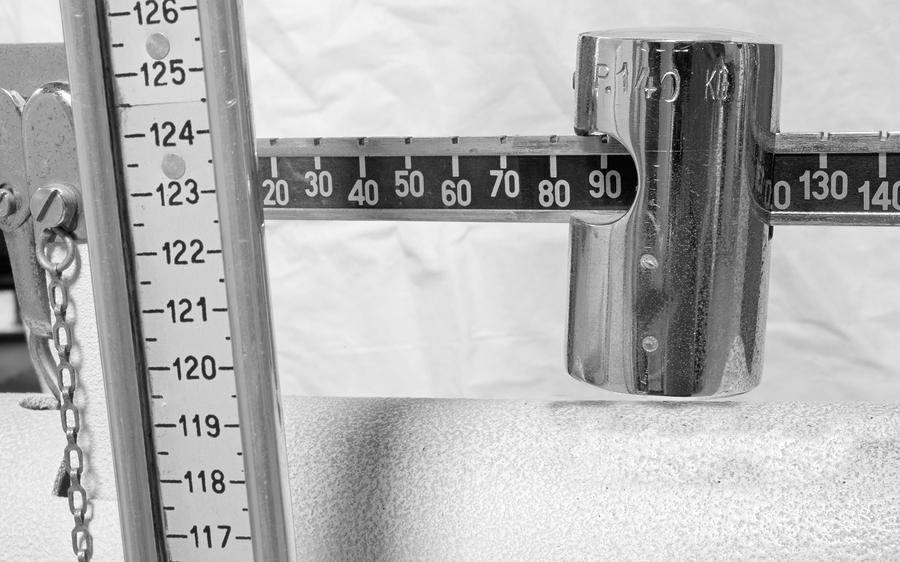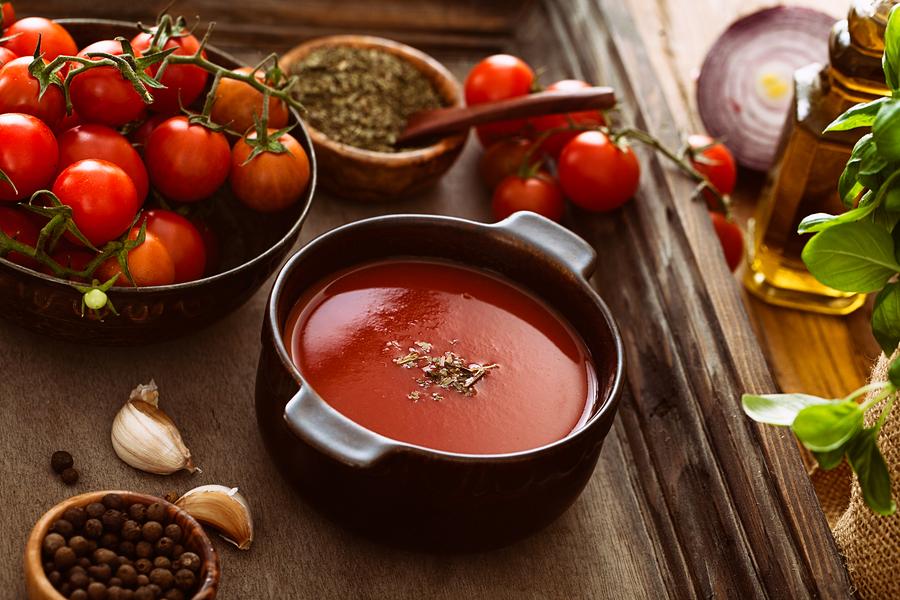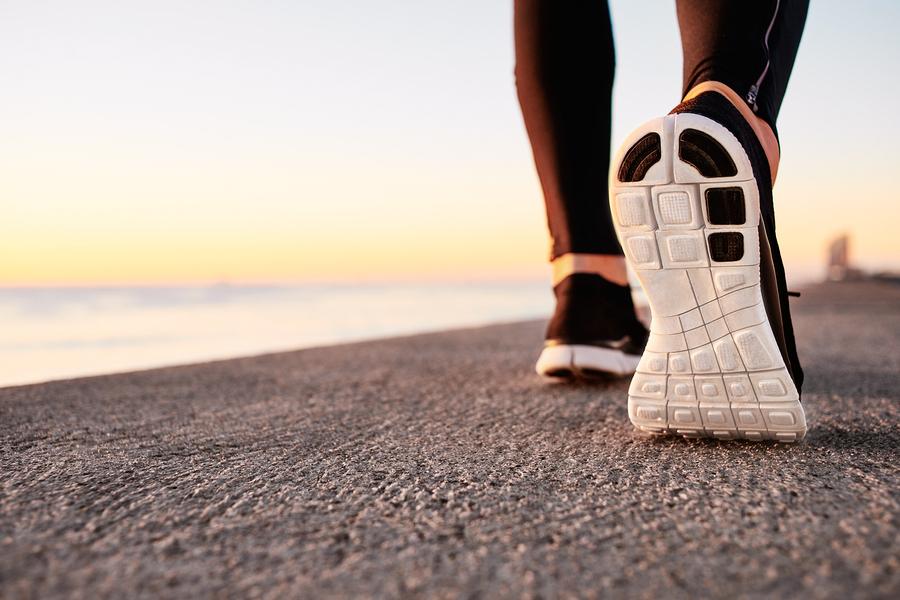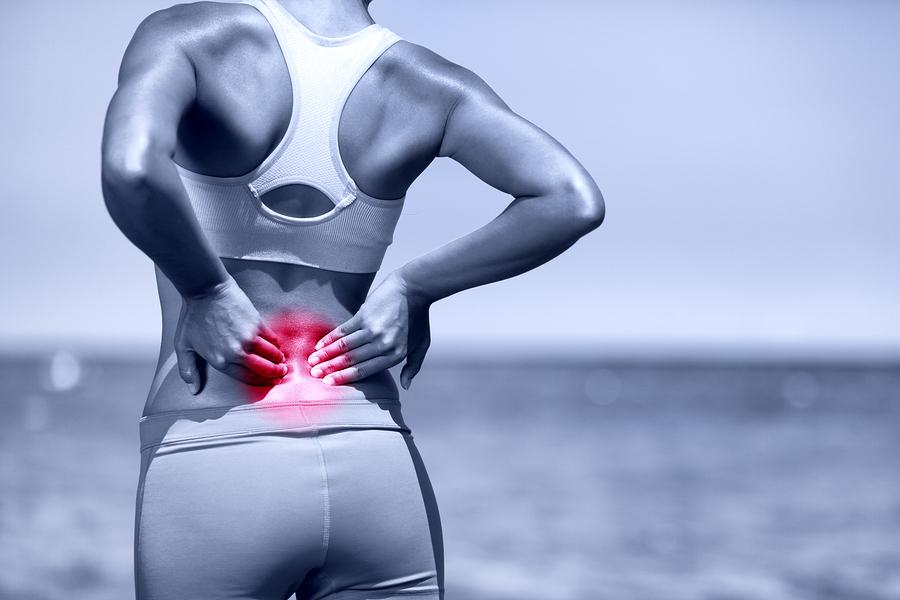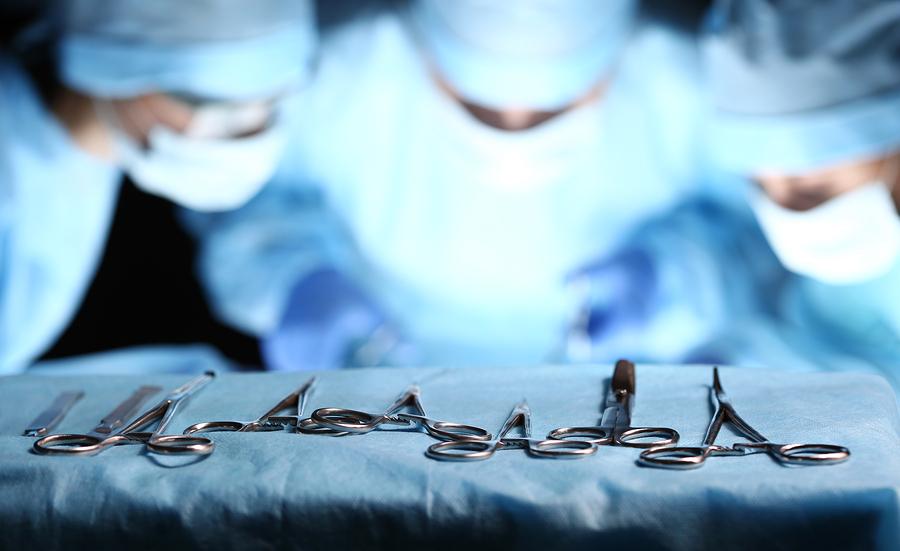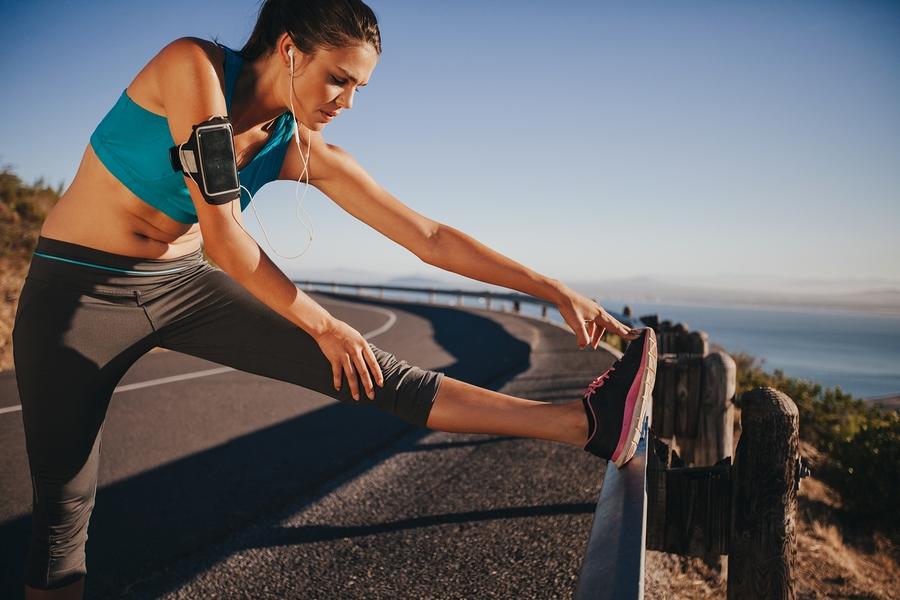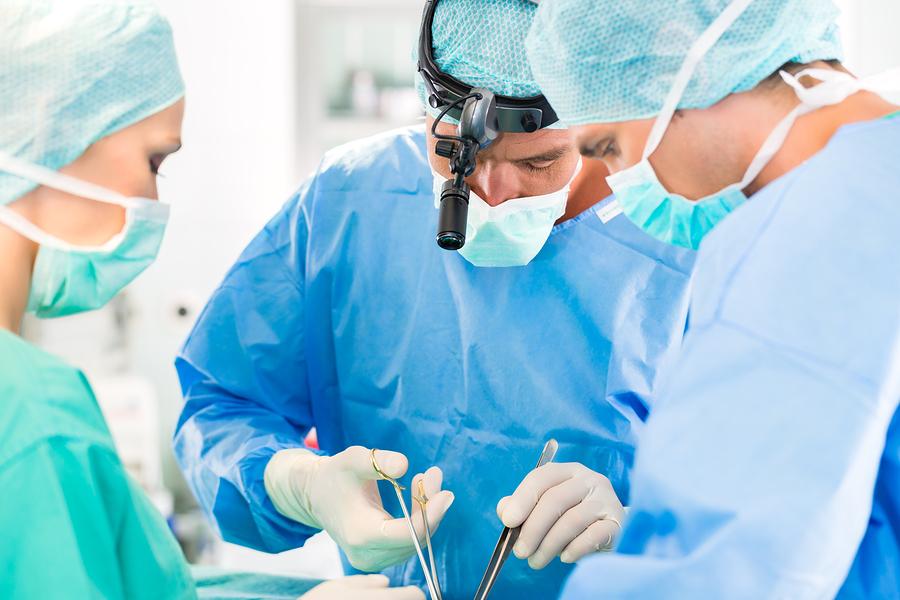How Best to Treat a Clavicle Fracture

The clavicle is a common place to experience an injury, especially a fracture, and deciding whether to operate on it or not can be tricky. The clavicle forms part of the shoulder and aids in the suspension of the arm. It is also referred to as the collarbone. Clavicle injuries are most commonly experienced during bicycle or automobile accidents and also through contact sports. It is so prone to damage because it there isn’t a large amount of muscle in this area, meaning it has less protection from impact.
Read more
Lose the Weight for a Better Surgical Outcome
We all know that keeping an eye on our weight is one of the best things we can do to maintain optimum health. This is not only because of the health benefits associated with a lower weight but also because extra weight can place additional strains on our bodies. This is especially true when considering surgical outcomes and it is now confirmed that patients who are obese are more likely to experience post-surgery complications.
Is Barefoot Better?
Walking barefoot is something that the majority of us only really enjoy for extended periods of time when we are at home or on a beautiful beach vacation. However, experts have suggested that shunning our shoes more often could help to prevent commonly experienced foot injuries as well as improving posture and balance!
Lycopene and Bone Health
We all know that eating an ample amount of fresh fruits and vegetables will do great things for our overall health. The vitamins, minerals and antioxidants contained within help to protect us against disease and other ill-health conditions. As if that wasn’t a good enough reason to heap your plate with plant-based goodies, there is now evidence to suggest that consuming lycopene regularly from a young age will help to prevent bone loss in your later years.
Common Orthopedic Feet Problems
The feet are some of the most densely packed parts of the body, containing 33 joints, 26 bones, and over 100 muscles, tendons and ligaments. The chance of problems arising in the feet are quite high, whether through the tolls of general living or through genetic predisposition.
Read more
Orthopedic Bone Drilling
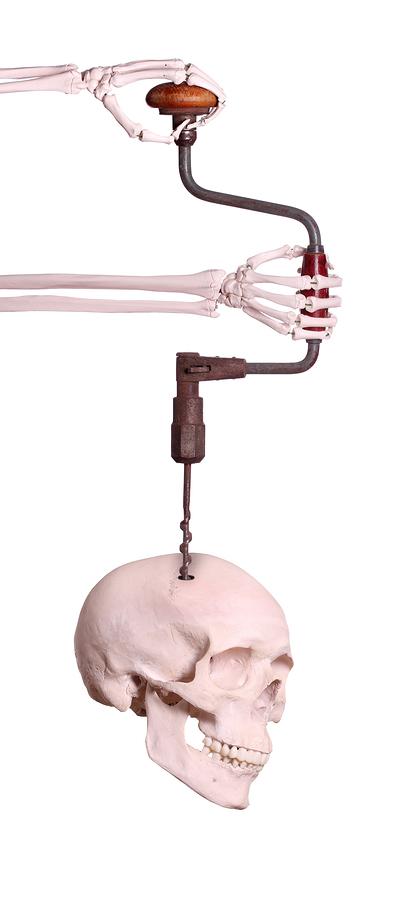
Through extensive research experts have determined that the best orthopedic drill is one that has a split point and a quick helix. It is important to cause as little thermal damage as possible when drilling through bone and this is a prime consideration during the design process. If the area around a drill hole experiences a dramatic rise in temperature than this can negatively affect the healing process and even cause permanent damage. Infection is another risk factor and it is known that blunt drill bits are often the culprit for this temperature increase occurring. The angle at which the drill is applied is also an essential consideration of this type of orthopedic surgery.
Read more
Why Spine Care is Important!
The spine is certainly one of the most important parts of the body and an injury can drastically alter the quality of life of the afflicted person!
Although a small injury will often heal itself after a period of rest, more serious injuries will often require comprehensive treatment. For that reason it is important to seek a professional diagnosis soon after the injury has been experienced, so that the appropriate path of care can be arranged.
Read more
3D Printing and the Future of Orthopedic Medicine
In July of 2014, Dr Vincent Fiere, MD, performed the very first spinal fusion surgery using 3D printed spine cages! This was a breakthrough in the world of orthopedic medicine, and we are going to talk more about it today!
Get Up and Stretch: The Importance of Stretching
It is all too easy to forget about stretching, but it can be just as beneficial for the body as regular exercise. It is important to make time for stretching in your exercise routine as well as throughout your day.
Due to the combination of the general stresses of everyday life, stationary postures, repetitive movements, injuries you may have, and weak or tensed muscles, your muscles need to be given some attention in order to be healthy. There is a long list of benefits that you can enjoy when you engage in stretching regularly.
Read more
Preventing Surgical Site Infections
A surgical site infection is something that can strike following absolutely any surgery! When this issue is experienced an infection will develop in the particular place on the body that the surgery took place.
Read more




